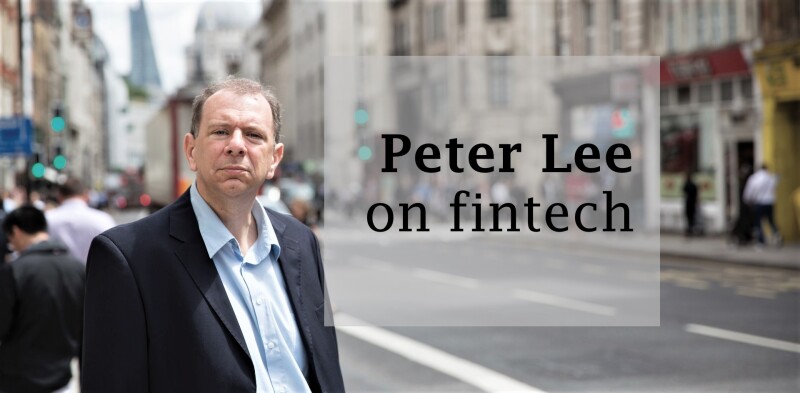
|
On the outskirts of a large European city, the head of fintech for one of the continent’s biggest banks leads me into a nondescript office building.
“The city’s idea was to build a tech centre out here,” he says. “It hasn’t really worked. A lot of our best young coders are ambitious to leave here, especially to move to London.”
He smiles: “Of course, that’s not going to be for much longer, is it?”
He leads the way up to the labs where the bank films users in mocked-up living rooms, kitchens and bedrooms testing on their smart phones the new apps the tech teams have built for them. The bankers study the testers’ body language, looking for pauses, frowns, sudden crouches as much as for retraced steps on their digital journeys inside the apps they are using.
He points out that one challenge has been to keep pace with the rapid development of the devices on which banking apps are delivered. He opens a drawer and shows me a design-museum curator’s treasure trove of old mobile phones – classic Nokias, all manner of tablets and now watches.

|
Michael Bodson, DTCC |
I spot my favourite Nokia, long out of use, and what looks like my very first mobile. They are quite beautiful, if now utterly redundant.
It is a reminder just how far behind consumer technology banking tech teams have languished, struggling to keep their patched-together core processing engines still running (just about).
A few days later in New York, I am having dinner with the head of fintech at one of the biggest US banks.
“For the first time, all our customers have completed their technology transition before the banks have really got going,” he says. And with all the fervour of the newly but passionately converted he declares: “If this bank doesn’t get mobile right, we are dead in the water.”
Every chief executive Euromoney meets these days talks at great length about how his or her bank is going digital. We have heard a lot about this already and we are going to hear much more this year. The key lesson that many of the proselytes have yet to absorb is that shiny new apps cannot be just the distracting lipstick painted on pig-ugly core banking systems.
City of London feels so deserted A chat with the head of a UK bank recently back from meetings to discuss Brexit strategy with the UK government was not encouraging. The City has always occupied an odd position in the UK, being provider to the financial services needs of the European economy rather than the UK and a service centre for global rather than national financial markets. “Yes, they get the importance of the tax take from the City to the public accounts and they get the importance of passporting to the City, but they are telling us: ‘We have listened to your lobbying before, you no longer take any precedence.’” What about possible UK government support for the City over transitional arrangements, equivalence agreements, even limited freedom of movement? The banker rolls his eyes. “They’re basically telling us: ‘We’re sure you’ll find a way. After all, you always do.’” |
The starting point is not the funky app, but the underlying rails on which every product and service offering it delivers actually runs.
The American banker says: “You can’t have a great app and then tell customers that if something goes wrong they can just log onto the website or, even worse, ring the call centre.”
The digital journey for many banks has barely even begun. Banks have a lot of rebuilding of core systems and mobile delivery channels still to do before they can wrestle with the biggest question of all: what to do with the data and insights into customer behaviour they secure if they do manage to build those operating rails and the apps.
A few days on, in London, I watch as Michael Bodson, president and chief executive of the Depository Trust & Clearing Corporation (DTCC), tells to a room full of bankers gathered opposite the Bank of England to debate disruptive technology: “If you look at a major innovator like Facebook, they mine and monetize user data to an extent that no one has ever done before, yet they are one of the most admired companies in the world and their market cap is about $340 billion.
“Now imagine if a bank did the same thing. The management team would probably be in jail and the stock would be in freefall.”
As the financial services industry finally migrates to the technology that consumers long-since chose, there has been much debate about the role of non-banks in banking: mobile phone companies, tech firms, non-banking brands. Regulators responsible for consumer protection and systemic resilience face a big challenge here too, as Bodson points out.
“If what sits between the two sides of a transaction is no longer a company but simply a piece of technology, what and who do you regulate?”
